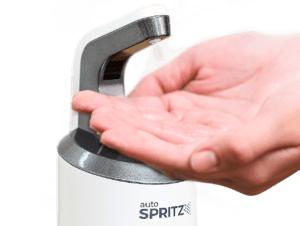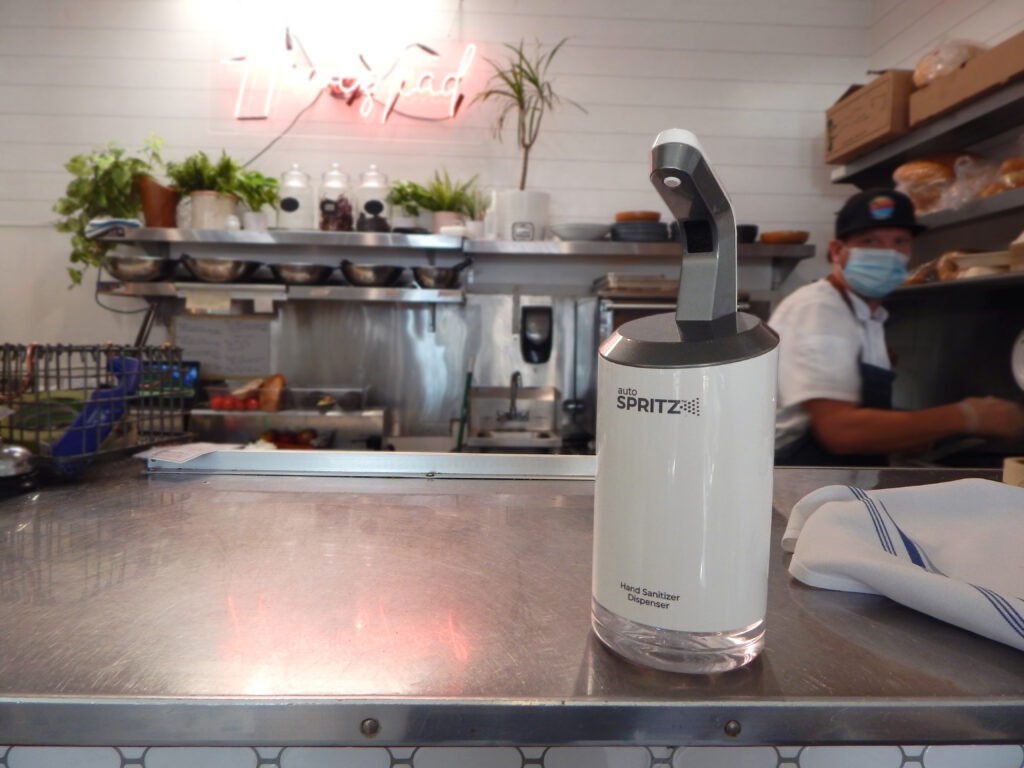How to wash your hands
The breakout of the global pandemic Covid-19 through major parts of the world brought about the necessity for hand hygiene and this boils down to how you wash your hands.
Through our daily interactions with the environment, we come in contact with germs, most of which settle on our hands. One of the ways we can protect our body from viral and bacterial diseases is through proper hand hygiene.
 This doesn’t mean that cleaning the hands together with soap and water or alcohol based sanitizer is the totality of healthy living.
This doesn’t mean that cleaning the hands together with soap and water or alcohol based sanitizer is the totality of healthy living.
Reports show that your hands come in contact with an average of 2-10 million germs daily. These germs hide between your fingertips, nails, and the gap in between your fingers (Interdigital Folds or Pilca Interdigital).
This alarming report doesn’t just place a mandatory requirement on hand wash for personal safety but to reduce the spread and contamination of these germs by people around you.
As the Covid-19 pandemic rages, with no generally accepted cure provided, the Center for Disease Control and Prevention (CDC) made the “hands wash” theory an accepted norm for survival, offering techniques and measures to properly wash your hands.
This circulated theory/information of washing your hands teaches that the more you wash your hands, the less you stand at risk of being infected, and of the general intent to stop the spread of the virus.
Washing your hands regularly is important for preventing the spread of the new virus, Coronavirus.
During these critical times, you are placed on a high risk of getting contaminated by touching your face, with infected hands.
Washing your hands should not be taken as a cultural routine of sticking to government protocols but a means of obtaining an overall healthy lifestyle.
Cutting across through our eating habits, working hours, visits to hospitals, moments on public transport, after treating a wound, cut, or burn, it is important to practice hand hygiene.
The echo to ‘wash hand’ should be louder in your head when you cough, touch dirty surfaces, after sex, interaction with chemical wastes, sneeze, blow your nose, or touch or interact with public pieces of equipment. These are live habitats of germs.
Methods for washing hands actually hit a new wave as there was the introduction of the use of alcohol based sanitizers.
Scrubbing the hands together with soap and water is the best way to prevent and kill the growth of germs on our hands. However, your safety should not be limited to the soaps hands formula.
There could be times when there is no soap and water to properly wash your hands, during this time, an alcohol based hand sanitizer could come in handy and a great substitute for running water.
On an emergency route and there is a great need to wash your hands with soap, switching to cleaning your hands with a hand sanitizer might not offer 100% health insurance as a soap use will offer, but it is a sure bet to keeping safe.
An alcohol based hand might be futile in the presence of grease, oil, or much dirt and the hand sanitizer does not entirely take care of all germs, as well as chemical substances.
Amidst all these, there are also side effects with using a hand sanitizer. Consistent and unguarded use of a hand sanitizer can place you at risk of a fire burn.
Hand sanitizers are highly flammable as alcohol based hand sanitizers contain at least 60% of alcohol.
Mistakenly dipping your alcohol based hand into your mouth or unconscious consumption of an alcohol based sanitizer places you at great risk of alcohol poisoning. A call for help to a medical practitioner is highly advisable if any of these is noticed.
autoSPRITZ Hand Sanitizer Dispenser
 If you currently do not have any clean running water, we strongly suggest to use a hand sanitizer dispenser to kill the germs.
If you currently do not have any clean running water, we strongly suggest to use a hand sanitizer dispenser to kill the germs.
Hand washing How Long
In as much as the benefit of cleaning your hands cannot be overlooked, it is also necessary you know how to clean your hands with soap, when to, and how long you should.
The importance of taking out time to wash the hands either with the use of soap and water or hand sanitizers is because a shabby hand wash can leave debris of dirt and germs lying unnoticed on your hands.
This DIY procedure on how to wash your hands is not restricted to the use of soap and water but also extends to other safe cleaning agents.
The proper use of soap and water to washing your hands is by first wetting the hands before the application of soap.
How long should you wash your hands
Medically, it is advisable to wash your hands for at least 20 seconds.
A 20-second hand wash gives you apt time to take care of the entire structure of your hands, leaving no part untouched.
This 20 seconds hand hygiene time frame shouldn’t be a worry to you, as to how long you should rock those soap hands.
Just hum the happy birthday song as you clean and be pretty sure to keep to time.
How long to wash hands
If you must achieve a proper hand scrub, then you must clean your hands with soap for at least 20 seconds.
This time frame is also applicable to the use of hand sanitizers.
Wash hands for how long
Washing hands with clean running water is a general routine to cleanliness but the efforts we put into the process really matters.
Center for Disease Control and Prevention recommends that the best time Interval to this process should not be less than the specified time, should be done with the use of water and after each process, it is necessary to dry your hands.
It is medically advisable to offer your palms and its exteriors a perfect gentle, before and after touching your face or after coming in contact with the public or general pieces of equipment.
You can preferably use an antibacterial handwashing agent, with the combination of a health insured lather material and water, you are assured of effective protection.
The essence of cleaning your hands with soap and water is to produce a better latter effect that helps flush off trapped germs, specks of dirt, debris, or chemical substances out of your skin.
After each cleaning process to avoid contamination with the sink or any viable germs that might active and available on the water closet, you are advised to use a paper towel to turn off the sink.
Direct contact with the washing equipment could expose you to microscopic germs that might have been deposited in your absence.

